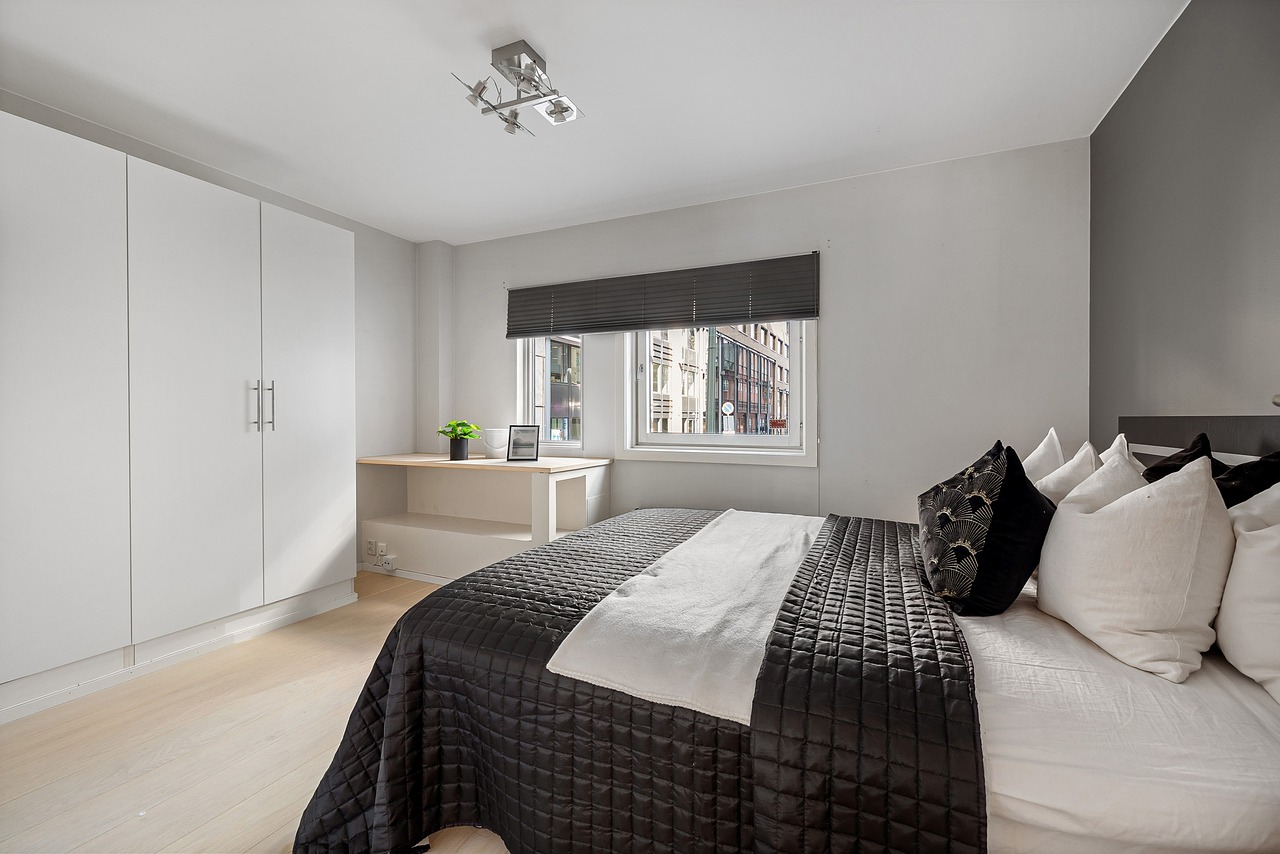Installing Mobility Aids in Home Improvement Projects
An important benefit of incorporating mobility aids in home renovations is the improved accessibility they provide for individuals with mobility challenges. By installing features like ramps, grab bars, and stair lifts, individuals can move around their homes more easily and independently. This increased accessibility not only enhances their quality of life but also promotes safety by reducing the risk of falls and injuries.
Furthermore, incorporating mobility aids in home renovations can help individuals maintain their independence and autonomy. With the right adaptations, individuals can continue to live in their own homes without having to rely on constant assistance. This sense of independence is crucial for promoting mental and emotional well-being, as it allows individuals to retain a sense of control over their living environment and daily activities.
Types of Mobility Aids Available for Home Improvement Projects
When it comes to incorporating mobility aids into home improvement projects, there are various options available to cater to different needs and preferences. One common type of mobility aid is grab bars, which can be installed in bathrooms and hallways to provide stability and support for individuals with mobility issues. These bars come in different sizes and materials to suit the style and requirements of your home.
Another popular mobility aid is stair lifts, which are beneficial for individuals who have difficulty navigating stairs. Stair lifts can easily be installed on existing staircases and provide a safe and convenient way to move between different levels of the home. They offer independence and freedom of movement for those who may struggle with stairs due to age or physical limitations.
Grab bars are a common type of mobility aid that provide stability and support
They can be installed in bathrooms and hallways to assist individuals with mobility issues
Available in different sizes and materials to match the style of your home
Stair lifts are another popular mobility aid for those who have difficulty navigating stairs
Easily installed on existing staircases, they offer a safe way to move between levels of the home
Provide independence and freedom of movement for individuals with age or physical limitations
Factors to Consider When Choosing Mobility Aids for Your Home
When considering mobility aids for your home, it is essential to evaluate the specific needs and limitations of the individual who will be using them. Understanding the person’s mobility challenges and preferences will help in selecting the most suitable aids that cater to their unique requirements. Whether it is a wheelchair ramp, grab bars, or a stair lift, each aid should be chosen with the user’s comfort and safety in mind.
Additionally, it is crucial to assess the layout and design of your home to determine the best placement and type of mobility aids needed. Factors such as the size of the space, existing obstacles, and potential future modifications should all be taken into consideration when selecting aids for your home. Consulting with a professional or occupational therapist can also provide valuable insights on the most effective solutions tailored to your specific living environment.
What are the benefits of incorporating mobility aids in home renovations?
Incorporating mobility aids in home renovations can help improve accessibility, safety, and independence for individuals with mobility issues. It can also make daily tasks easier and more manageable.
What types of mobility aids are available for home improvement projects?
There are various types of mobility aids available for home improvement projects, including stair lifts, grab bars, ramps, walk-in showers, and adjustable beds, among others.
What factors should be considered when choosing mobility aids for your home?
When choosing mobility aids for your home, it is important to consider the individual’s specific needs and preferences, the layout of the home, budget constraints, and the level of assistance required. It is also recommended to consult with a healthcare professional or an occupational therapist for personalized recommendations.







